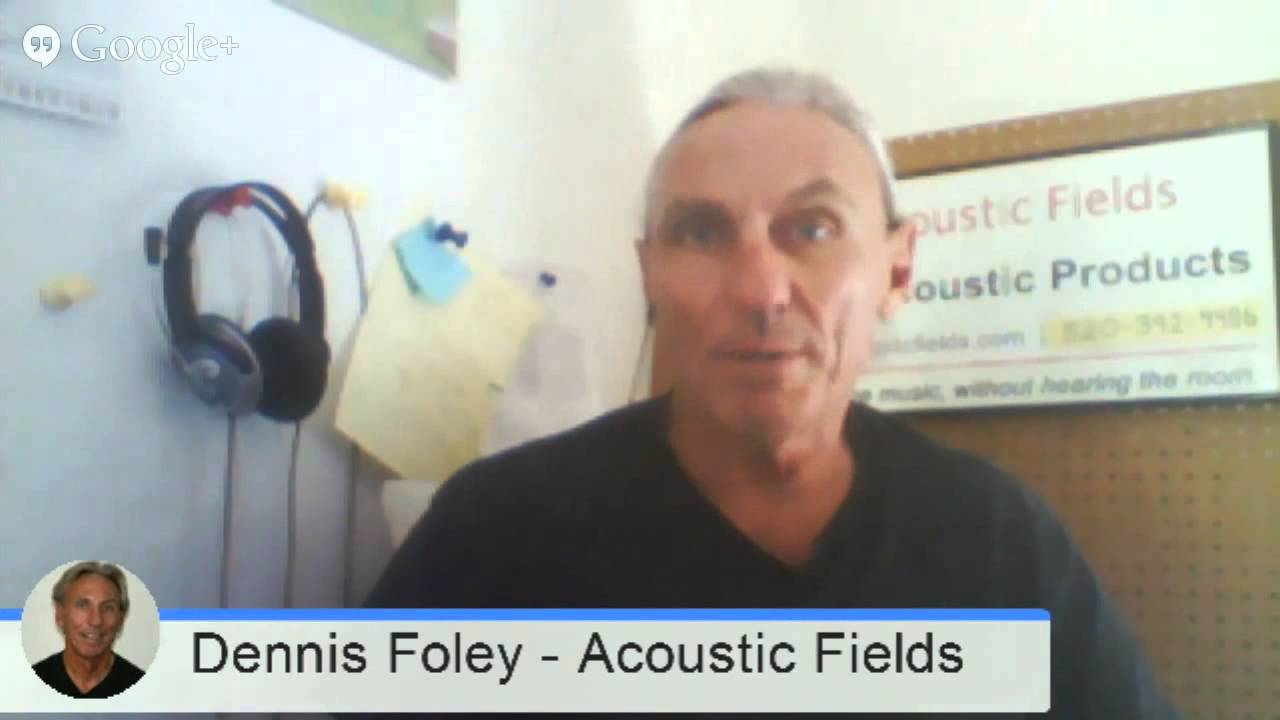Last week I was asked the large sound diffuser conundrum question I see a lot and its a good question. The person asked “If I build a QD-13 diffuser that is double the size what would happen? I know that sounds ridiculous because it would be huge but what would it work down to? A lower and higher frequency?”
Well, it’s a bit unclear, the question but let me take a stab at some possible answers here. Doubling the size, if that means duplicating the diffuser, then you’re building two diffusers and putting them in one cabinet. Yeah you could do that. That would be a huge cabinet theough, almost thirty inches wide for one unit. So you’d be sixty inches, I think the build would be rather cumbersome and awkward and you’d need quite a few men to help you build it because a five by five foot box would weigh over three hundred pounds when you’re finished. So you’re going to run into difficulties during the construction and the build process, let alone moving it around.
It’s better to use smaller units and build more of them. I don’t know if its economic, I’ve never run the numbers to see, but just from a labor and management of material standpoint, moving three hundred pounds or two hundred pound units around in a shop requires a lot of guys, so you’re going to need a lot of help when you build them. I would stick with the standard sizes that the prime number sequence dictates and then just simply add additional units.
A Large Sound Diffuser Is A Seriously Heavy Thing!
The weight of our QD-13 series is I think a hundred and five or a hundred and ten pounds each. That’s more than enough weight to be moving around in your shop. It’s almost at the point where you need two men to do that kind of lifting. One man could get hurt messing with a hundred pounds, I’ve seen that happen many times. So I would just stick with the smaller size, the regular size, it’s much easier to build.
Now if you have that kind of space and you have more depth and you want to use a higher prime number sequence and get more frequencies diffused then there’s another direction. You have to think, the higher the prime number sequence the bigger the unit.
Our DIY QD 13 diffuser kit is most definitely on the large side. You check out the measurements here.
So just as a general rule of thumb, the units are two inches wide, that’s each well for each frequency. If you have a prime number forty-three and each well would be two inches and there would be forty-two wells, there’s always one less well than the prime number sequence, so you have forty-two wells times two inches, that’s eighty-four inches! So your unit would be eighty four inches long. You can understand how cumbersome this build process can be.
I have built a few that large. We built it in sections and put it together because you know, you have to handle materials in the shop, you have to have people to help you, weight’s an issue. And here’s another thing, equipment in shops can only handle certain size boards so you’re limited by the tools that you can use to create the product.
If you have more space try to go with a higher number sequence as you’ll get more diffusion. That said, the higher number sequences require more depths also. The depth of a prime forty-three is forty inches. How many people have forty inches to give up, not today’s rooms? So all kinds of things to consider, more is not better in this particular case.
In Summary
I hope this discussion on large sound diffuser usage was helpful. f you want to learn more about this subject please sign up for our free room acoustic treatment videos and ebook which provide step by step instructions on all major room acoustic issues. Get instant access by signing up now. If you would like your room acoustic issues analysed for free by me then please fill in the form here and I will be happy to take a look for you.
Thanks
Dennis








